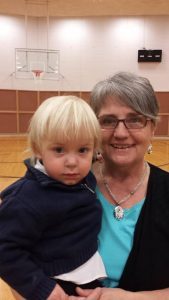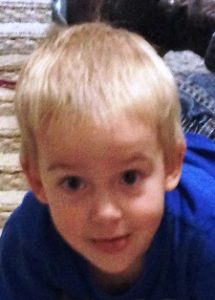
You know, it’s so easy to teach things to children. Every day there are ordinary opportunities to teach. This last Sunday, Ben, who is six, picked up the hymn book and was trying to sing. He’s in kindergarten and is a fabulous reader. But he couldn’t figure out how to follow the words. So I took my finger and I began pointing to each word. I watched him read and sing. It was thrilling for him because he loves to read, likes music and was fascinated by how the sentences move from line to line, each verse underneath the one before. It was the world of music that he got to step into on Sunday and he was so happy about it.
I was reminded how wonderful it is to learn something new, to have the fogginess of not knowing lifted. That’s especially poignant for me right now because I am working on learning some new things – what a hashtag is and how to use one, how Instagram works and what can be done on the phone besides make a call. : )
Getting on the other side of something that you don’t know how to do is a wonderful process and when you help someone else do it, it’s rewarding.

Many Sundays ago I had the same wonderful experience I had with Ben with four other young children. I took these neighborhood children to church with me each week – Gaby, 6, Roxy, 5, Danni, 2 and Kyle, 4.
They, like Ben, wanted to understand how to read the music and sing along. I showed them where the hymn numbers for the day were posted. Then each Sunday one of them would ask just as we sat down in the pew, “So the first hymn is 1-2-6?” “Yes, and that is said page one hundred and twenty-six.”
Next, I showed them how to find a page higher than 30 when that was as high as they knew how to count. “First find a page with a 1 as the first number. Good. Now you need to find a page with a one and a two at the beginning. See this page has a one and a three. Oops, you have gone too far. Go back some pages. Look this page has a 1 and a 2 and an 8. You’re almost there. Good job!” Isn’t it wonderful all of the learning that was going on – naming numbers, counting, sequencing, patterns, as well as learning something spiritual as we sang together?
For the next 100+ Sundays, I would go through this ritual three times each Sunday morning – opening song, rest song, and closing song. That gave us a lot of time to practice learning the names of larger numbers, remembering what they look like and how to find a hymn in the hymnal.
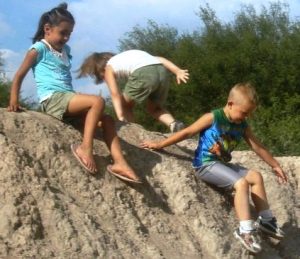
By the time Gabby was 8, she could find any hymn in the book and could say the number correctly. Roxy at seven could find any hymn in the book given enough time and she could say most of the numbers correctly. Kyle at 6 was just starting to find the numbers, that is when he was motivated to do so. : ) Danny at four was beginning to notice that everyone else seemed to know something she didn’t. She had begun to pick up a hymnal and ask for help. By this time I didn’t really need to help her because the bigs were capable of doing it. I watched them help her find the page and then point out where on the page we were singing.
This wasn’t just a valuable exercise in learning how to find a page and sing a song. Gabby had to work extra hard with reading and it was challenging to get her to read at home. However, on Sunday she would move her finger along with each word, staying right where she should be for the most part. I could see her lips moving as she tried to read the words. She missed many because music moves quickly but she got more of them each Sunday. There are a lot of strategies to teach reading but making it part of life was working for Gabby.
For Roxy reading came more easily and she missed only the really big words. However, I noticed that although she was singing all the words she couldn’t stay with the music. She was singing each line as you would read a sentence so she was always ahead.
“Roxy, do you see that little black dot? It means the word is sung for a short time. Do you see that little white circle? Well, that means you sing the word for a longer time. I demonstrated what I meant. Love vs. loooove. As we sang I pointed to each word or syllable and said long, short, short, short, short, long, and so forth.
Those 100+ Sunday singing, reading, and pre-math lessons were fun for me and the kids. This last Sunday it was fun watching Ben go through the same process.
Every day we do many ordinary things but they are opportunities to teach children what they may find difficult to learn in more formal settings – reading labels at the store and looking for pricing, buying gas and counting as the meter turns, counting out tithing for Sunday, reading a newspaper headline along with dad.
But this isn’t just about teaching kids important skills such as counting, reading or singing. It’s about parents practicing being Present. All those Sundays I had to be Present during singing time. I had to see what was happening. Who was lost, who didn’t understand, who was successful? I had to pay attention. Using ordinary moments of daily living to teach is valuable practice for us as we learn to be more Present parents.
As you pay attention to teaching your children in the everyday moments you will begin to learn how to be a more Present Parent despite the busy-ness of life. The fogginess will lift and you will experience more and more success. And that extra practice will pay huge dividends in your relationship with your kids. It’s wonderful to learn something new, to have the fogginess of not knowing lifted.
What have you been able to begin teaching your children in this new year?
If you like this post, please share it with your community by using one of the social share buttons.
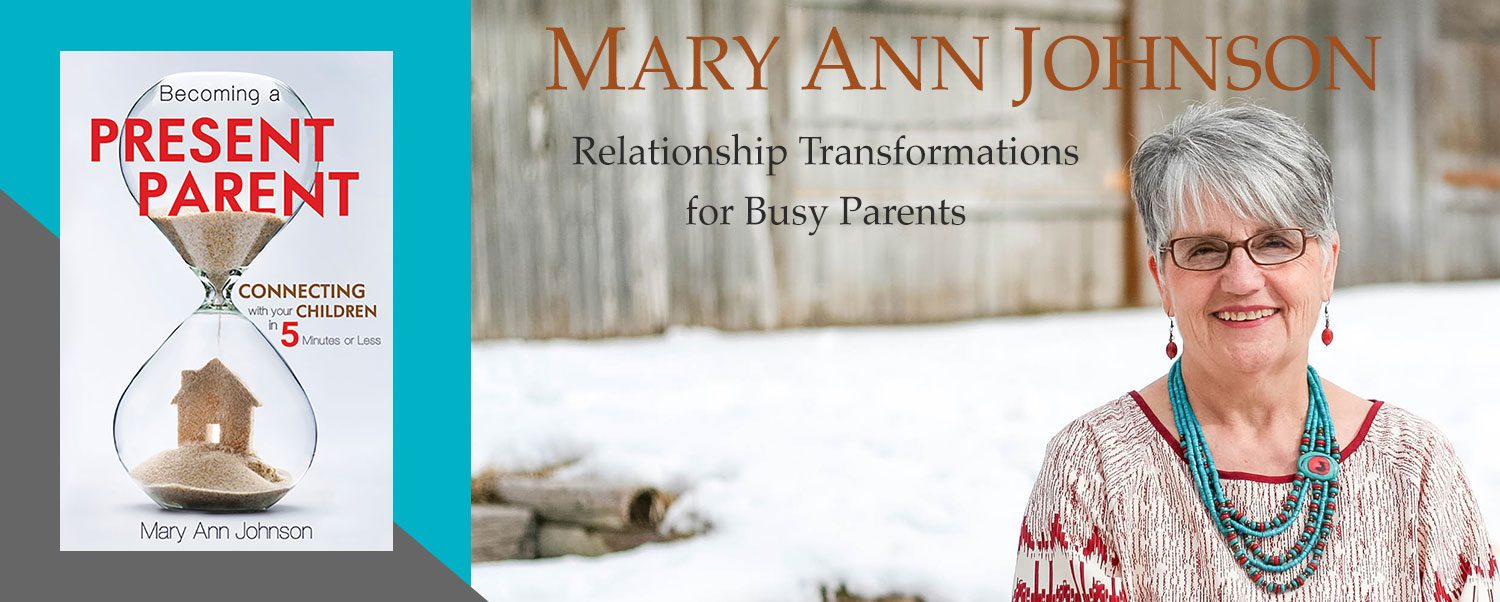
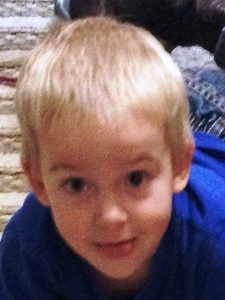

 November was National Non-fiction month. As an author of a non-fiction book
November was National Non-fiction month. As an author of a non-fiction book
 Cherri Brooks grew up with an aspiration to be an author. As a child, she practiced typing on an old, clunky DOS computer. She found her passion for parenting and healthy sexuality through her education at Utah State University, where she earned her BS and MS in Family and Human Development. She also taught courses at South Dakota State University in Marriage and Family Relations and Parenting. She loves talking with parents about raising sexually healthy children. She currently lives in Clarksville, Tennessee with her husband and three children.
Cherri Brooks grew up with an aspiration to be an author. As a child, she practiced typing on an old, clunky DOS computer. She found her passion for parenting and healthy sexuality through her education at Utah State University, where she earned her BS and MS in Family and Human Development. She also taught courses at South Dakota State University in Marriage and Family Relations and Parenting. She loves talking with parents about raising sexually healthy children. She currently lives in Clarksville, Tennessee with her husband and three children.
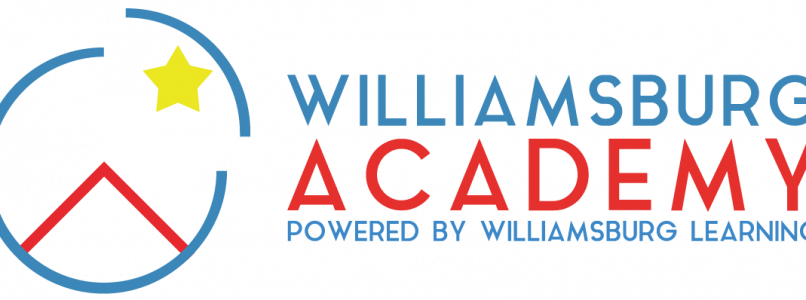
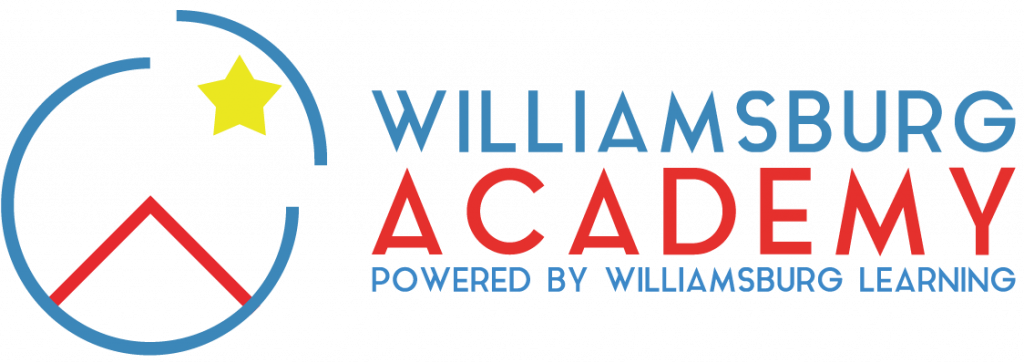 I learned two new words that relate to online schools, asynchronous and synchronous.
I learned two new words that relate to online schools, asynchronous and synchronous.